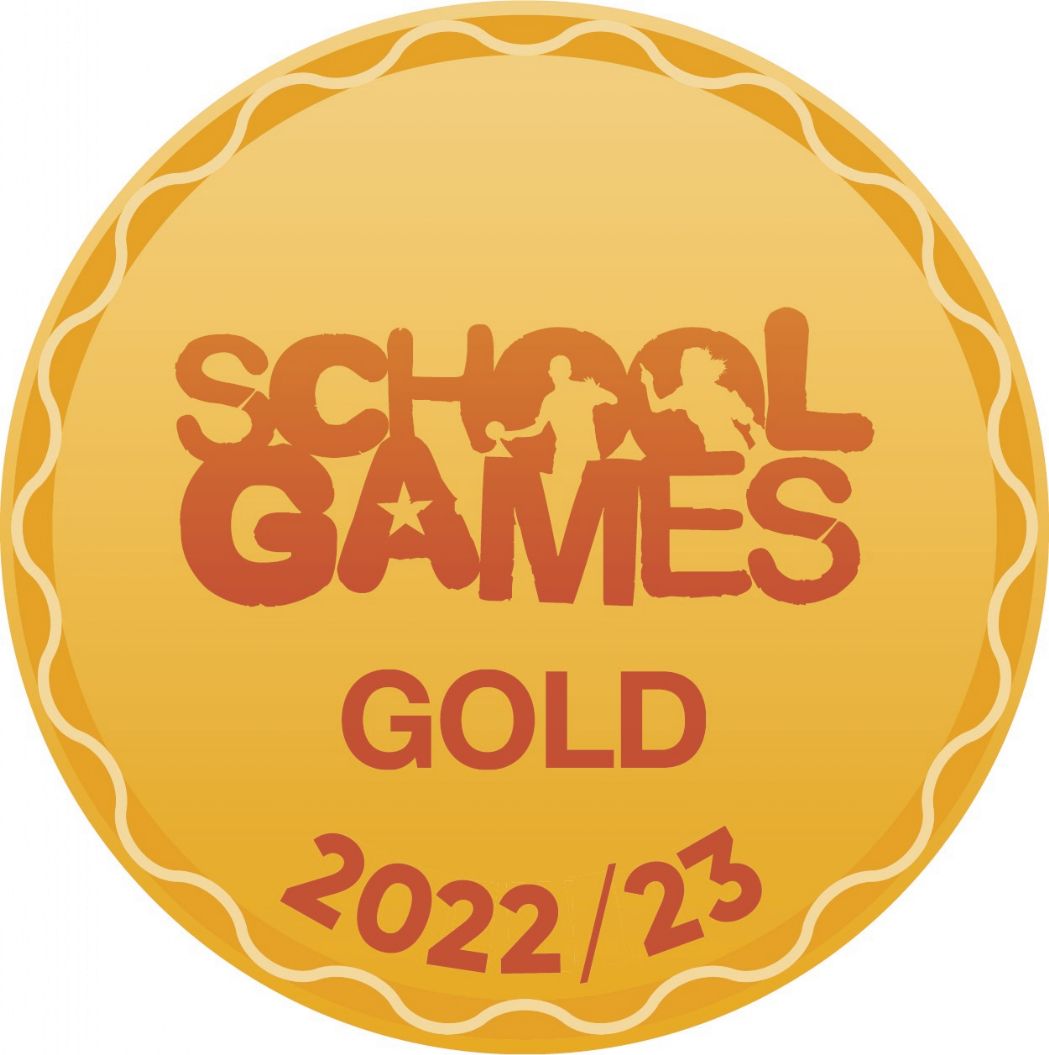Mathematics
At St Joseph’s Catholic Primary School, mathematics (maths) is taught daily to all pupils throughout the school. Maths is of primary importance, as it provides pupils with key life skills, enabling them to negotiate the world of money, time and real-life problem solving. Whilst maths is delivered as a single subject, pupils may also receive additional input through the delivery of indivualised intervention programmes or as cross-curricular links to maths. These, in whole class and group teaching, are made especially through the teaching of science, computing and the PSHE curriculum.
Pupils are taught the following concepts, underpinned by the National Curriculum and our School Calculations Policy.
Number: Understanding of number and place value is at the heart of all mathematical learning. It begins in EYFS with the identification and understand of the numbers 1-10 and develops to encompass all four number operations as well as fractions, negative numbers, Roman numerals, ratio and proportion and simple algebra. At each stage in the understanding of number, pupils learn to compare and order numbers in order to understand place value and solve mathematical problems and puzzles.
Measurement: Understanding of measure enables pupils to compare, describe and solve practical problems involving length and height; mass and weight; capacity and volume as well as time and money. Pupils are taught to use practical equipment to find and record units of measure as well as estimate and compare items using measurement to describe them. Time is introduced in Year 1, with understanding of O’clock and half past the hour. By the time pupils enter Key Stage Two, pupils begin to calculate differences in time intervals and read simple timetables.
Geometry: The teaching of geometry begins with learning names of simple 2D and 3D shapes. This knowledge is built on each year and eventually encompasses the description of these shapes using mathematical vocabulary, as well as the understanding of symmetry, reflection and translation. In KS2, pupils learn about angles and, by Year 5, are able to draw, estimate and measure angles in a range of 2D shapes. In year 6, pupils learn to find missing angles in 2D shapes and measure the radius and diameter of a circle.
Statistics: In the teaching of statistics, pupils are taught to record, interpret, collate, organise and compare information. This begins with simple pictograms, tables and tally charts in Year 2 and develops through the construction and reading of a range of different graphs. Pupils learn to solve problems involving graphical data and connect their work on angles, fractions and percentages to the interpretation of pie charts. In Year 6, pupils learn to find the mean (average) of a set of data.
The teaching of mathematics follows the following sequence:
- Explore - Explore sessions include the introduction of subject specific vocabulary as well as establishing what the children know about a new concept or one that they have covered in the past.
- Teach - Teach sessions encompass the understanding and use of vocabulary as well as the introduction of new concepts. Pupils are encouraged to talk about what they have learnt in order to embed unfamiliar vocabulary.
- Practice - Practice sessions give time for the children to practise the new skills they have been taught. Children are encouraged to work both with a partner and independently in order to embed understanding.
- Apply - Apply sessions are where children apply their knowledge of what has been taught to problem solving which could relate to real-life situations, measurement or statistics.
Assess - At the end of each unit an assessment opportunity is provided to establish whether newly taught knowledge is applied correctly.
For more detailed information on Maths at St Joseph’s, please see our ‘Curriculum Aims’ and ‘Knowledge and Skills Progression Ladder’ below.









